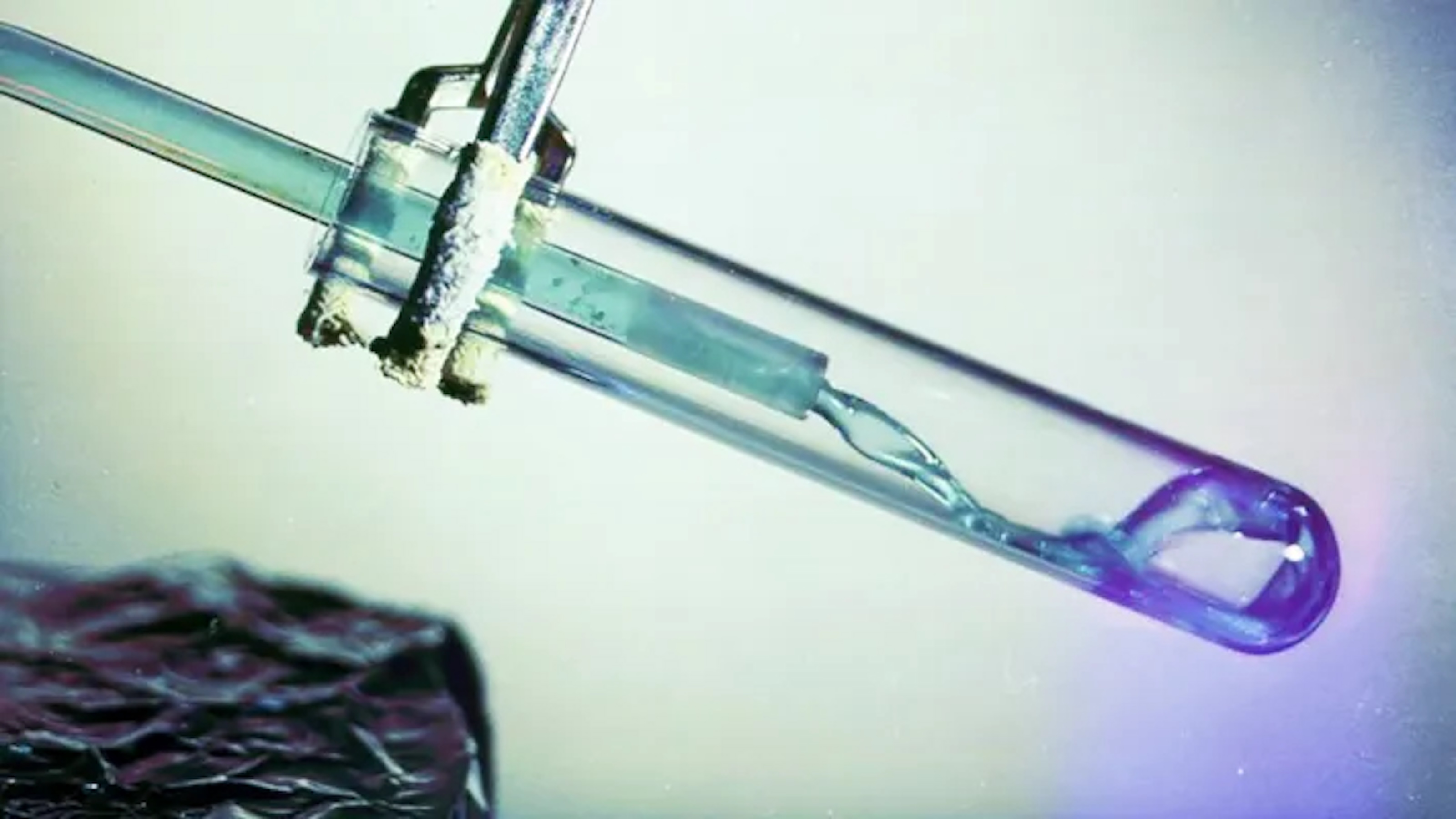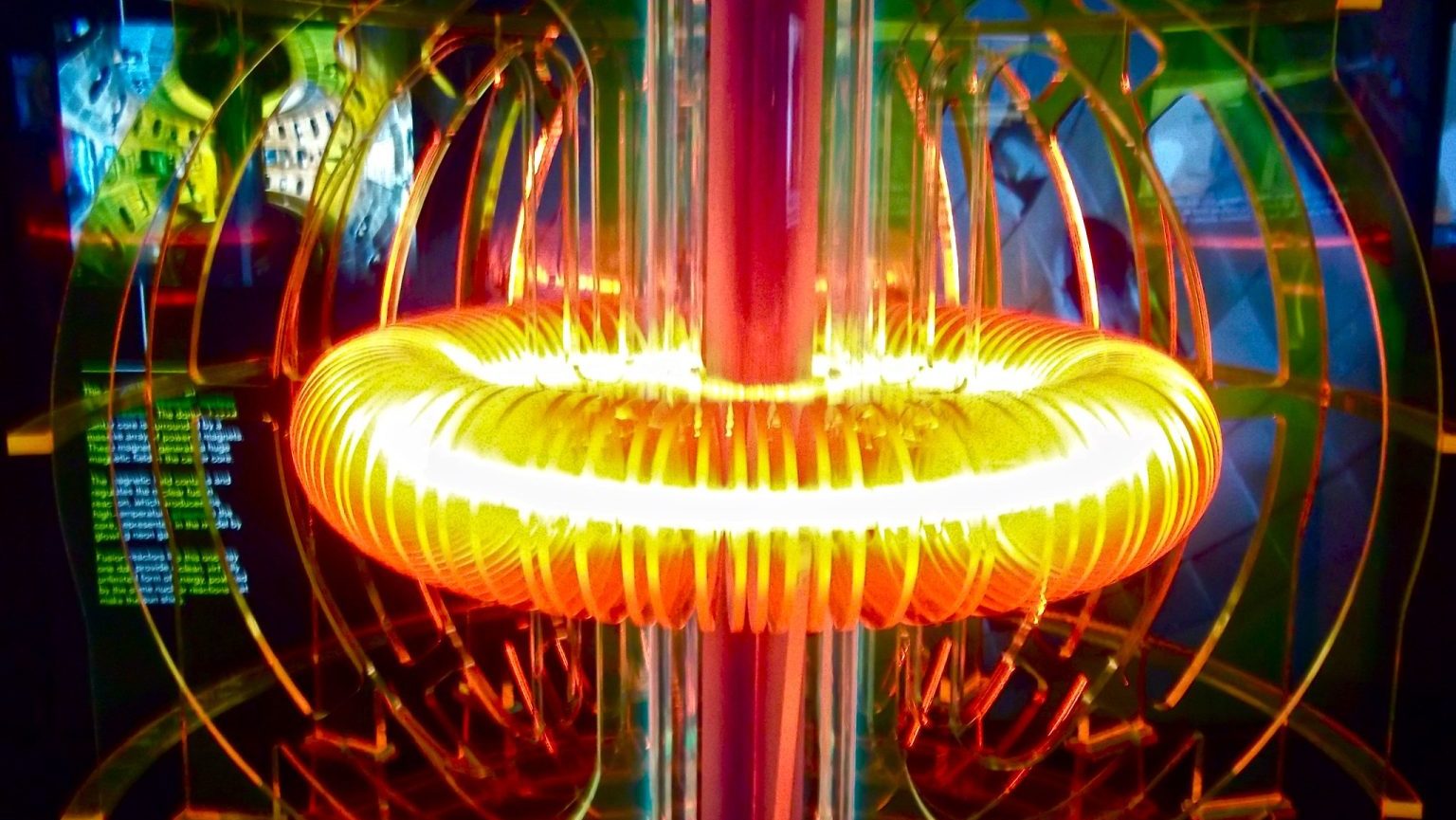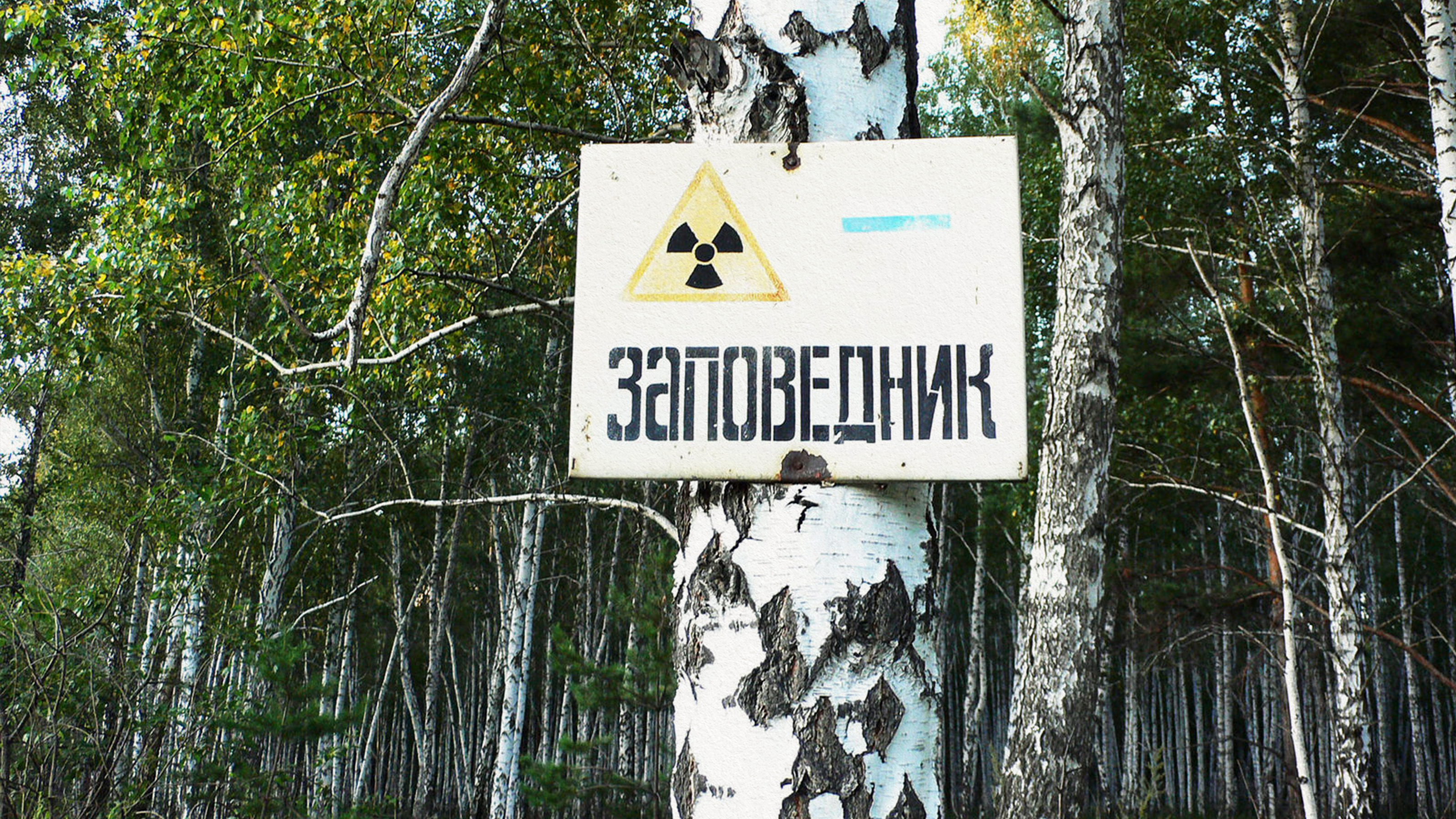How to Store Nuclear Waste

What’s the Latest Development?
A recent report published by M.I.T. recommends a $1 billion investment to create better temporary storage facilities for nuclear waste. Because the proposed long-term waste storage site in the Yucca Mountains has failed to materialize, nuclear power plants are running out space to store spent fuel—more storage space is urgently needed. The report also says that given time to cool in temporary facilities, eventually moving the waste to a more permanent location would be cheaper and safer. Finally, the report admits that while reprocessing spent fuel to extract usable materials has not advanced as hoped, storing spent fuel in temporary locations might provide sufficient time for better and cheaper technology to develop.
What’s the Big Idea?
During the recent nuclear accident in Fukushima, Japan, cooling pools used to contain nuclear waste lost water and, as a result, fuel rods overheated and spilled nuclear radiation into the air. The accident highlights a growing concern in the U.S. over nuclear energy: Because the government has been slow to develop a long-term solution to storing nuclear waste, many power plants are running out of storage space and creating ad hoc solutions to deal with the waste overflow. Such temporary solutions may leave nuclear waste vulnerable to natural disasters and terrorist attacks.





